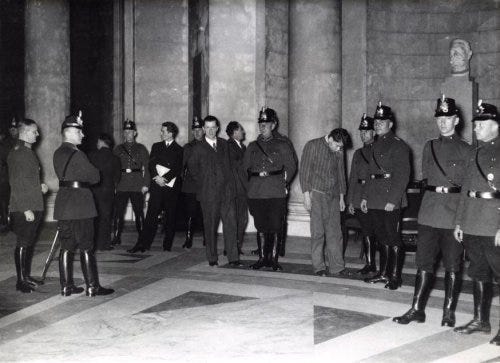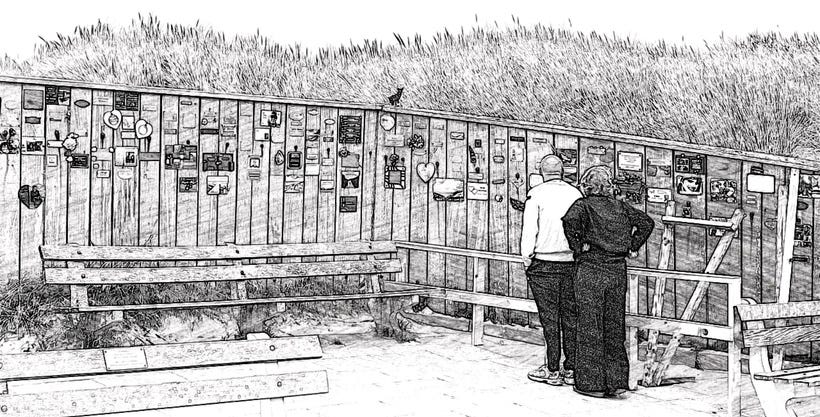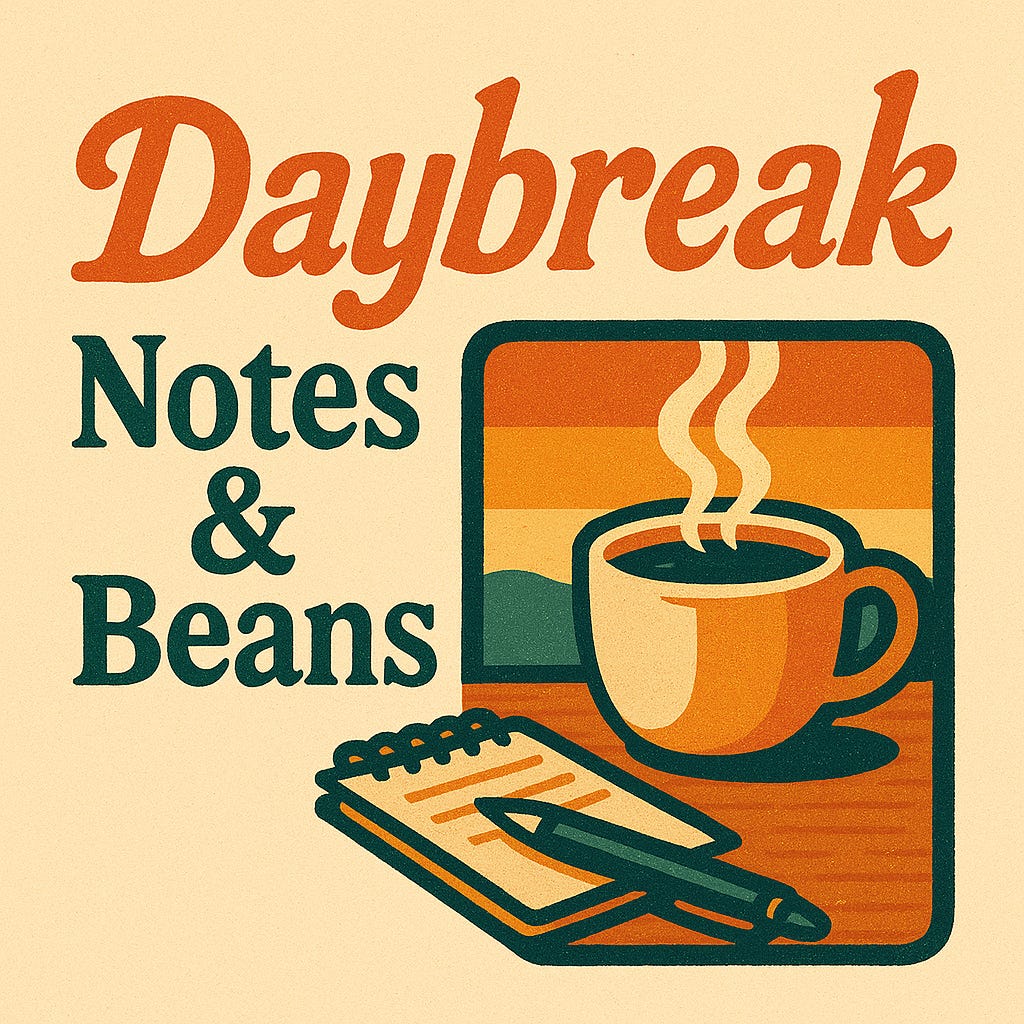The Dictator’s Playbook: How Minor Incidents Become Pretexts for Massive Crackdowns
Why history’s pattern of crisis exploitation should worry every democracy

Nearly two millennia ago, in 82 BCE, Lucius Cornelius Sulla returned to Rome after years of absence. During those years away, his political rivals had declared him a public enemy. So he returned with armies at his back and a singular mission: to annihilate those who had displaced him and eliminate all opposition forever.
Thus, Sulla became an early example of a leader who had once held supreme power, only to be cast aside by rivals and branded an enemy. During his years out of power, his narrative was one of betrayal, grievance, and a determination to return and punish. Plutarch described a vision that Sulla said he had before his final return to Rome. He dreamed of a goddess who stood at his side, handing him a thunderbolt. She then named all his enemies one by one and bade him to kill them. Sulla believed the goddess empowered him to do so.
When Sulla finally returned, victorious but filled with seething rage, he launched a relentless campaign of vengeance to obliterate those who had dared criticise or oppose him. It was a merciless weaponization of grievance and a crusade against perceived enemies. The consequences were swift, brutal, and devastating for anyone in his path.
Sulla orchestrated systematic extermination. He introduced “proscriptions,” public death lists posted in Rome’s Forum, declaring hundreds of citizens outlaws whose property was confiscated and whose lives were forfeit to anyone willing to kill them. The initial list contained 80 names but expanded to over 500. Senators, wealthy equestrians, and ordinary citizens were hunted with bounties on their heads. Husbands were slain in their wives’ arms, sons murdered in front of their mothers. Even slaves were rewarded for killing their proscribed masters.

The final trigger was Sulla’s victory at the Battle of Colline Gate, which ended a bitter civil war against those who had seized Rome. But the response was far more extreme than any military necessity could justify. Sulla’s proscriptions not only purged political enemies but also set a terrifying precedent by destroying families, stripping rights, and empowering allies at lightning speed. Rome would never be the same.
Sounds familiar?
During one of my visits to Rome, I walked through the Forum Romanum. As I often do in historic places, I tried to imagine the spectacular historical events that had taken place there. When you stand in a place like that, you feel a much deeper connection to history. I thought about Sulla’s purge; this was where he published his death lists. Seeing parallels in history and discovering patterns that repeat across centuries and continents helps us better understand what we are witnessing in the present.
Parliament as a battleground
Jump forward to a cold December morning in 1648, London. Colonel Thomas Pride stood at the stone steps of the House of Commons, holding a list of names of MPs considered enemies of the army’s radical faction. One by one, parliamentarians arrived expecting to discuss the nation’s future. Instead, they faced a military blockade.
Pride and Lord Grey of Groby systematically identified faces to match names. Roughly 140 MPs were turned away, their seats forcibly emptied. Forty-five were arrested on the spot and detained in nearby inns. This “Pride’s Purge” was political violence masquerading as law enforcement. It’s the only recorded military coup in English history.

I think about this whenever I remember a working lunch I attended about twelve years ago at St James’s Palace. After the meeting, one of our hosts continued our conversation as we walked to the next meeting and pointed out that we were passing the very spot where King Charles I spent his final night before his execution. Charles I was moved to St James’s Palace on January 28, 1649, spending his last days there before being walked to the Banqueting House at Whitehall on January 30, where he was beheaded. That moment of historical connection stayed with me. I was standing where such momentous, violent political change had occurred.
The pretext seemed minor: keep pro-peace MPs from voting. But the consequence was shattering. This single, radical act propelled England into revolution within weeks, led to the king’s execution, and brought about the nation’s first republic. The pace and violence of change took nearly everyone by storm.
What made Pride’s Purge especially dangerous was its façade of legality. It appeared to be law enforcement, not a coup. The army claimed innocent motives, but in reality, it orchestrated the forcible removal of political opposition, thus turning Parliament into a tool for radical transformation in an instant.
The Reichstag’s fire as a pretext
Fast-forward to Berlin, on the night of February 27, 1933. Flames tore through the Reichstag’s wooden framework. By dawn, smoke curled above the iconic parliament dome. Marinus van der Lubbe, a Dutch communist, was caught inside and confessed to arson. Whether he acted alone or as part of a larger conspiracy remains a matter of debate.
Adolf Hitler, newly appointed Chancellor, acted instantly. Within hours, he seized on the fire, proclaiming a communist insurrection, and invoked the Reichstag Fire Decree. Overnight, civil liberties vanished; free speech, assembly, and the press were erased. By sunrise, thousands faced arrest. Opposition voices were crushed beneath Nazi boots as the flames still burned.
The fire became democracy’s funeral pyre. Mere weeks later, the Enabling Act gave Hitler unchecked power. What began with one blaze rapidly engulfed Germany’s democracy, reducing it to ashes almost overnight.

You may recognize the pattern: a single incident instantly escalates into an existential threat, demanding emergency powers that are never relinquished.
I grew up in a village near Leiden, in the Netherlands, where Marinus van der Lubbe also grew up. He was born in Leiden, but after his parents divorced and his mother died when he was twelve, he went to live with his half-sister’s family in Oegstgeest. That coincidence may have added to my fascination with Van der Lubbe. Many years ago, I knew a woman who had been his classmate at school. I was so eager to ask her what he was like, thinking she might provide some insight into this pivotal historical figure. When I finally got the chance, she shrugged dismissively and said, “He was just a little prick,” like any troublesome boy in her class whom she didn’t give much attention to. That was all she would say before changing the subject.
One murder to justify genocide
Five years later, in Paris, Herschel Grynszpan, a Jewish refugee devastated by his family’s Nazi expulsion, walked through the German embassy’s corridors. Unable to find the ambassador, he shot Ernst vom Rath, the embassy’s third secretary. This isolated act by one desperate young man became the spark for Kristallnacht, a night when synagogues burned, Jewish businesses were shattered, and entire communities faced state-sanctioned terror.
Nazi propaganda transformed one assassination into evidence of a vast Jewish conspiracy. The murder was magnified into a justification for pogroms that foreshadowed genocide. A single bullet fired in desperation became the pretext for the systematic persecution of millions.
This spring, I went hiking in Germany and was struck by the ‘Stolpersteine’ I encountered in the streets, small brass memorial stones embedded in the pavement. These “stumbling stones” are placed in front of houses where Jewish people once lived before being deported or murdered. Over 100,000 of these memorials now exist across Europe. Including some that commemorate victims of Kristallnacht specifically, people whose lives were destroyed after that single gunshot in Paris gave the Nazis their pretext for nationwide terror.
The global playbook
This same dangerous pattern of using crises to justify repression repeated itself in many parts of the world throughout the 20th century.
Stalin’s Great Purge twisted fabricated threats into an unstoppable storm of terror. Military officials, party loyalists, and civilians were targeted overnight by imaginary conspiracies. The devastation spread rapidly, wiping out opposition and instilling fear throughout the Soviet Union.
In Latin America, 1970s–80s dictatorships launched Operation Condor, using even the smallest pretext to unleash swift, brutal campaigns of kidnappings, torture, and murder. Opposition vanished almost overnight. The examples are overwhelming. But more than history lessons, these patterns urgently demand that we recognize what’s happening right now.
The mechanism of crisis exploitation
In 2009, political scientists Arjen Boin and colleagues published research that identified the precise mechanisms making this pattern so effective. Their extensive study revealed clear patterns in how political actors frame crises to their advantage, consolidating power and justifying expanded authority by constructing narratives that align with their objectives.
As current events unfold in the news, these historical patterns and research on crisis exploitation are highly relevant. When societies experience crises, an urgent battle unfolds to define the event, shape public perception, and determine who will hold power next. If history is any guide, democracies are especially vulnerable to those who exploit these moments to undermine opposition and entrench their authority.
Authoritarian leaders systematically exploit these moments by:
Amplifying the threat: Minor incidents are portrayed as existential dangers requiring extraordinary responses.
Demonizing opponents: Opposition groups or minorities are blamed for crises, regardless of actual responsibility.
Suspending protections: Normal legal and constitutional safeguards are temporarily (but rarely temporarily) set aside.
Claiming emergency authority: Leaders assume powers they claim are necessary for public safety.
Controlling narratives: Media and propaganda cement crisis interpretations that justify extreme measures.
Exploiting fear: Public disorientation and anxiety weaken resistance to authoritarian actions.
The genius of this approach lies in the fact that each step appears reasonable in isolation. Who opposes protecting public safety? Who wants to tie leaders’ hands during emergencies? Only in retrospect do we see how temporary measures became permanent, how emergency powers became standard operating procedure, how crisis response became crisis exploitation.
Democracy’s Vulnerability
What makes democracies particularly vulnerable is their reliance on good faith participation. Democratic institutions assume that political actors will respect norms, that emergency powers will be relinquished, and that opposition will be tolerated even during times of crisis.
Authoritarian leaders exploit this assumption ruthlessly. They use democratic procedures to dismantle democracy, invoke legal authority to justify illegal actions, and claim patriotic duty while betraying their nation’s values.
The historical record is unambiguous: when leaders weaponize crises to silence dissent, democracy itself becomes the casualty. Whether the trigger is a burning parliament, a diplomatic assassination, student protests, or any other incident, the pattern remains consistent. Minor events become major pretexts. Opposition becomes treason. Emergency powers become permanent features.
Recognizing the Pattern
Today’s Americans should study these historical examples not as abstract lessons but as operational manuals. When political leaders describe opponents as “the enemy of the American people,” when they claim emergency powers to address manufactured crises, when they use isolated incidents to justify systematic suppression of opposition, these are not unique modern innovations.
They are pages from history’s darkest chapters, adapted for contemporary circumstances.
Sulla used his military victory as justification for political annihilation that went far beyond any military necessity. Pride’s Purge exploited parliamentary procedure as a cover for regicide that had been planned regardless. And the Reichstag Fire provided Hitler the excuse he needed for genocide, which was already his intention.
I wish more people would read history so that we are better equipped to recognize patterns in time. Watch for leaders who use minor incidents as pretexts for disproportionate and excessive overreactions. Their next step is likely the systematic destruction of opposition, which they justify under the banner of national necessity.
I don’t believe that history repeats itself, but it does offer recognizable patterns. Study them, because they provide both warning and guidance. Never ignore the roadmap to tyranny. The time to recognize and resist these patterns is before a democracy reaches the point of no return — not after.
The Planet 🌎 is a reader-supported publication. To receive new posts and support my work, consider becoming a free or paid subscriber.
When I travel, there is often something extra to enjoy on Patreon:
For instance: Finding home in moving dunes
Or perhaps you enjoyed the article and would like to support my writing by buying me a coffee?
Still here?
Then have a look at my other two newsletters:
Daybreak Notes and Beans: a daily newsletter with a focus on positive news to counterbalance the negative headlines you see all day. Five days a week, I share ten uplifting news stories about science, health, art, travel, archaeology, or any other topic that I think you'll enjoy reading or that will give you hope now that we need that.
Have a look by clicking here:
Screen Skills: the only tech newsletter on Substack specifically made for non-technical people. I share basic screen skills that any 20-year-old has instinctively developed in their reflexes, and that older generations often don’t even realize they need. These simple skills make your phone and desktop time more enjoyable. I promise to keep it really basic. Read it in three minutes, apply it in two minutes.
Have a look by clicking here:
If you like to receive these newsletters, click HERE for Daybreak Notes & Beans, and HERE for Screen Skills.







"The genius of this approach lies in the fact that each step appears reasonable in isolation. Who opposes protecting public safety? Who wants to tie leaders’ hands during emergencies? Only in retrospect do we see how temporary measures became permanent, how emergency powers became standard operating procedure, how crisis response became crisis exploitation."
Thank you for this timeline and your astute understanding of historical relationships leading to this day. A leader of this regime charged with our security, puts the US and the world at risk by summoning to one location, on a specific date, all the heads of our military. The Patriot Act was a concern from day one. This moment will require several pages in the history book.
We can and must keep fighting even as we get kidnapped off the street by masked men. Thank you for this.